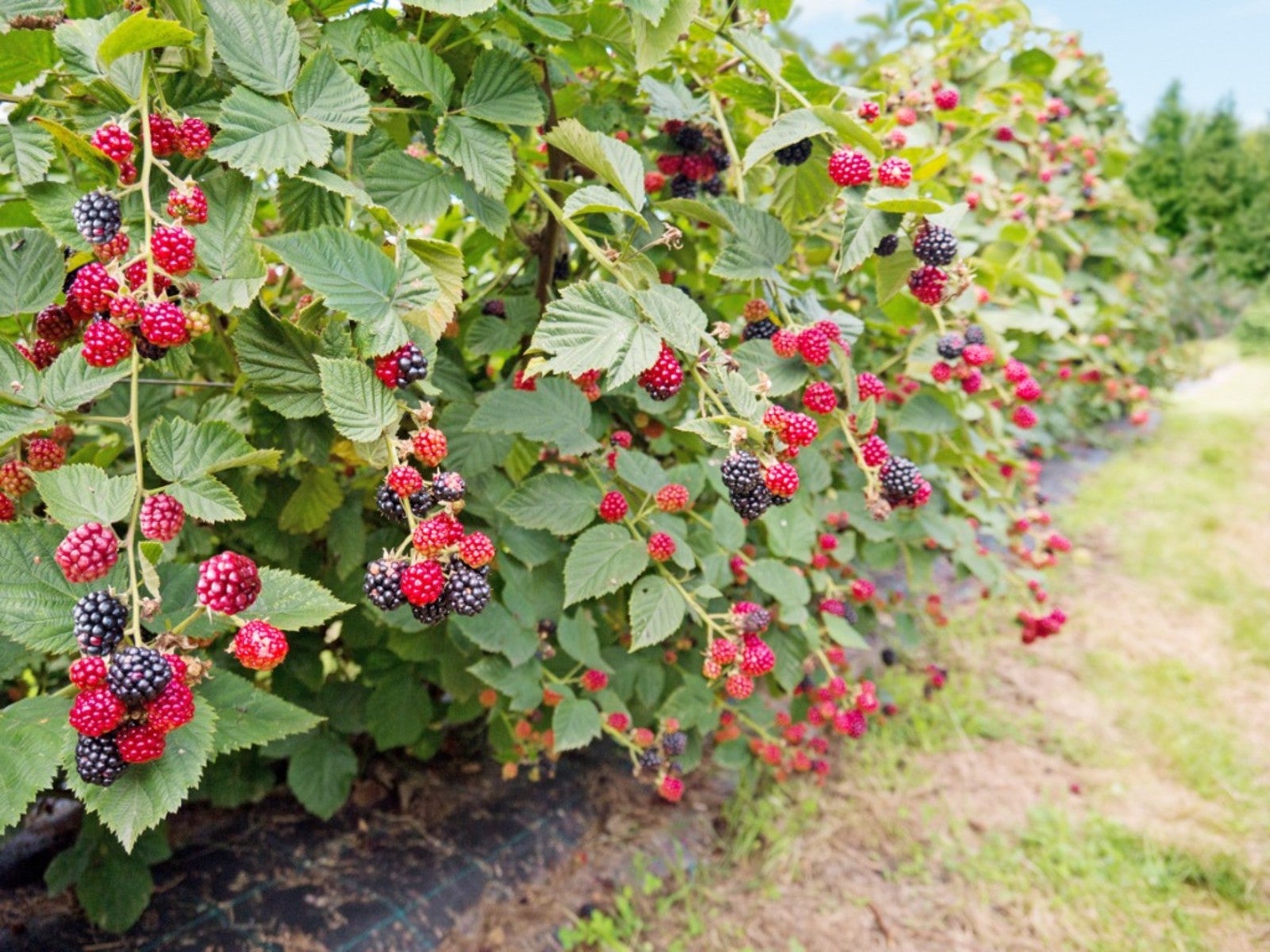Everbearing Plants: Learn About Everbearing Varieties Of Fruit


If you're planning on adding fruit production to your backyard garden, you may have run across the term “everbearing.” But what does everbearing mean? And more importantly, how do everbearing varieties differ from non-everbearing types?
What Does Everbearing Mean
At first mention of the term “everbearing,” gardeners may mistakenly believe they've discovered the ultimate fruit plant. Images of plants continuously laden with fruit year after year pop into one's mind. Unfortunately for gardeners, this is not the case.
Fortunately for everbearing varieties of plants, this is also not the case. Fruit production is the method plants use to protect their seeds while they mature. As part of the reproductive process, growing fruit requires a large expenditure of energy. Everbearing plants spread out the process of fruit production to give their seeds multiple opportunities for survival.
The term “everbearing” is often associated with particular varieties of berry plants which produce fruit multiple times a year or continuously throughout the season. Some types of citrus are also everbearing. Due to reproductive energy demands, many everbearing varieties don't produce as much fruit annually as varieties which bear all their fruit in a single crop.
Types of Everbearing Plants
Strawberries and red raspberries are the most common types of everbearing plants. Strawberry varieties are generally classified as June-bearing, everbearing or day-neutral. June-bearing strawberries produce one large crop of berries annually, while everbearing strawberries produce two to three smaller crops per year.
Oddly, day-neutral strawberries better fit the image of everbearing plants. This type of strawberry sets fruit throughout the growing season. Day-nuetral neutral strawberries don't produce prolific amounts of fruit at a time, but they can provide a steady supply of fresh strawberries for table use.
Red raspberries have a similar timing for fruit production as everbearing strawberries. Summer-bearing red raspberry varieties fruit once per year. Everbearing plants produce red raspberries in the fall on new stems and again the next summer on two-year-old canes.
Sign up for the Gardening Know How newsletter today and receive a free copy of our e-book "How to Grow Delicious Tomatoes".
In addition to strawberries and red raspberries, Prim-Ark Freedom is an everbearing, thornless blackberry variety released by the University of Arkansas. While other blackberries produce one crop per year, this newer variety bears a fall crop on first year primocanes and a summer crop the second season.
Everbearing Fruit Trees
Unlike strawberries and bramble fruit, everbearing fruit trees have an extended harvest period rather than multiple periods of fruit production per year. The everbearing mulberry, which is available as a full-sized tree or a dwarf variety, bears ripe fruit throughout the growing season. Mulberries look and taste like blackberries, but are much easier to harvest.
The following citrus cultivars and crosses are also everbearing fruit trees. They produce fruit throughout the entire year in warmer climates and when grown indoors as container plants:
- Eureka lemon
- Lisbon lemon
- Meyer lemon
- Mexican lime
- Perrine (lemon and lime cross)
- Ponderosa (lemon and citron cross)
- Tahiti lime
- Variegated Pink Eureka lemon

Laura Miller has been gardening all her life. Holding a degree in Biology, Nutrition, and Agriculture, Laura's area of expertise is vegetables, herbs, and all things edible. She lives in Ohio.